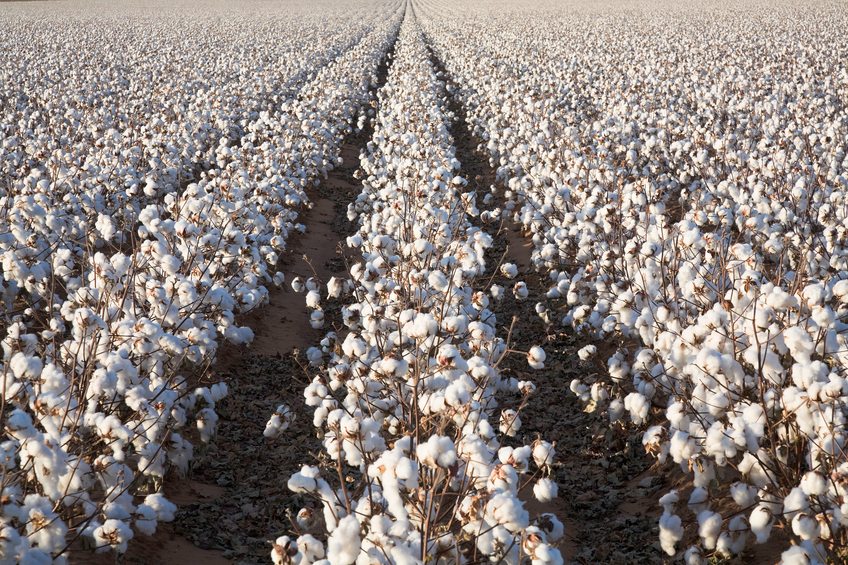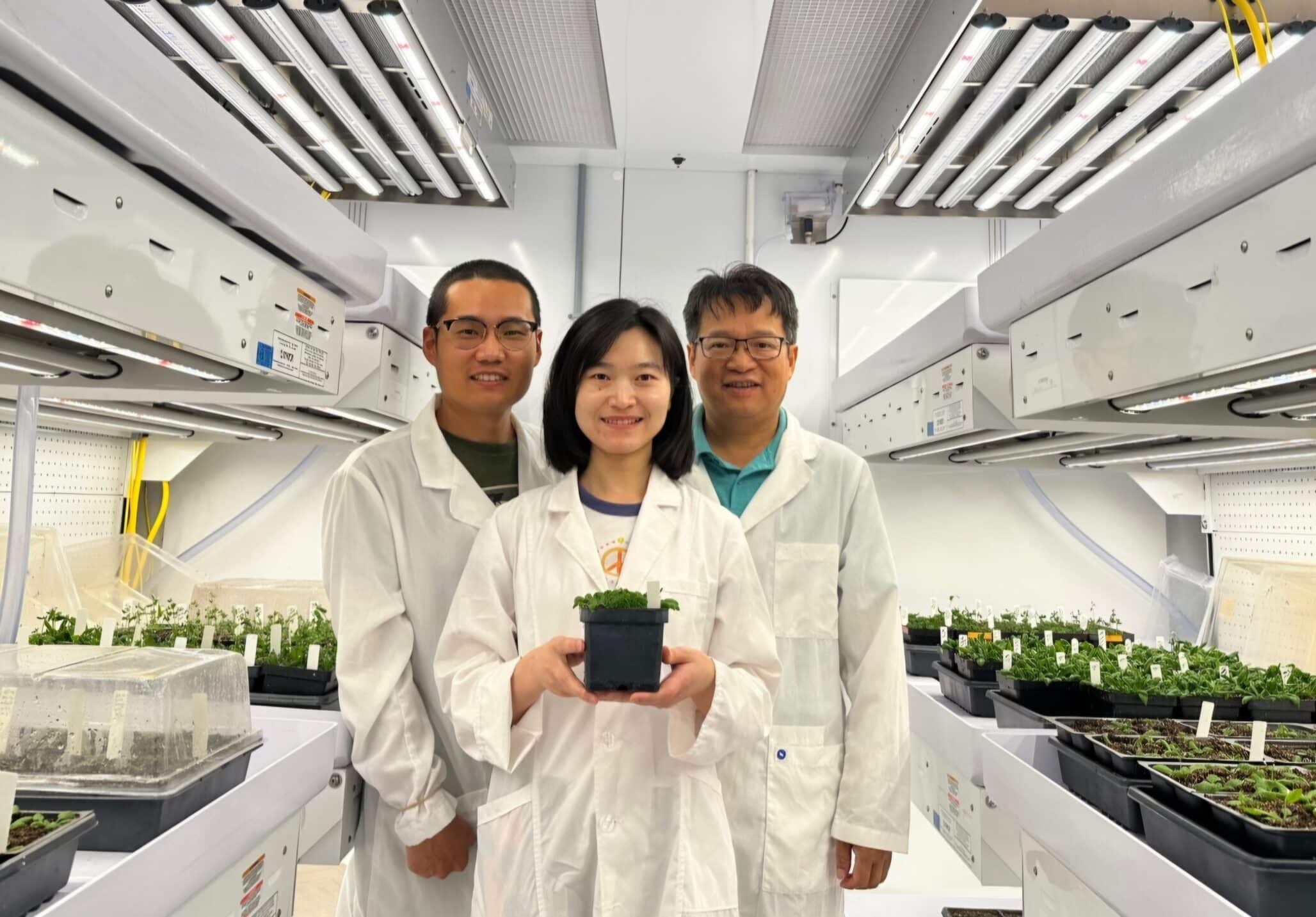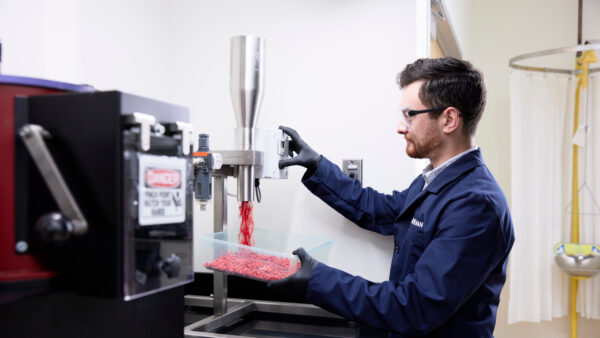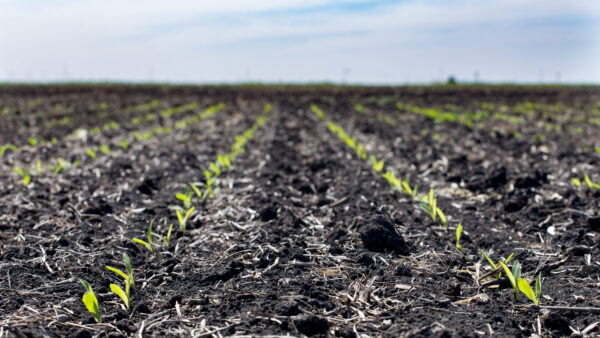NRGene announced the publication of the most complete genome assemblies ever achieved for the top two leading cultivated allotetraploid cotton species, G. hirsutum L. (AD)1 and G. barbadense L. (AD)2 . The results, published in Nature Genetics, were generated in the lab of Professor Tianzhen Zhang at Zhejiang University, Hangzhou, China, using NRGene’s customized DeNovoMAGIC-3 software.
Despite being used for thousands of years for clothing, upholstery, and industrial applications, scientists have known very little about the origin of cotton and its domestication. Now, with a chromosome-by-chromosome representation of the two species, academic researchers and commercial breeders can unlock new insights and work to enhance this multibillion-dollar global crop.
“The two cultivated allotetraploid cotton species have striking differences in fiber quality, growth habits, and yields,” says correspondence author, Tianzhen Zhang. “As a result of NRGene’s tools, we can now compare these two genomes and use them to help us pinpoint the genetic differences responsible for these diverse traits. This can take much of the guesswork out of developing better quality and higher yield cotton as well as of studying cotton origin and domestication.”
“Having comprehensive genome assemblies of a plant or animal species lays the foundations for using artificial intelligence, which can shave years off breeding times to develop better performing cotton varieties,” says Gil Ronen, president and founder of NRGene. “This can benefit breeders and the world at large, through the development of more sustainable cotton varieties that can resist pests and use fewer resources.”
The cotton processing market was estimated to be worth USD $59.7 billion in 2018, growing at a compound annual growth rate of 4.0 percent to reach a value of USD $72.6 billion by 2023. However, the U.S. Department of Agriculture (USDA) expects cotton consumption to exceed production in 2019. This is partly driven by a combination of declining yields and declining acreage in some countries, contributing to a 3.6 percent decrease in global production. China, India and the United States remain the world’s largest producer. Naturally, scientific research is inseparable from the support of the National Key R & D Program for Crop Breeding, National Science Foundation of China and the Distinguished Discipline Support Program of Zhejiang University, etc.
The full paper titled in “Gossypium barbadense and Gossypium hirsutum genomes provide insights into the origin and evolution of allotetraploid cotton” is available with the following url: https://www.nature.com/articles/s41588-019-0371-5












